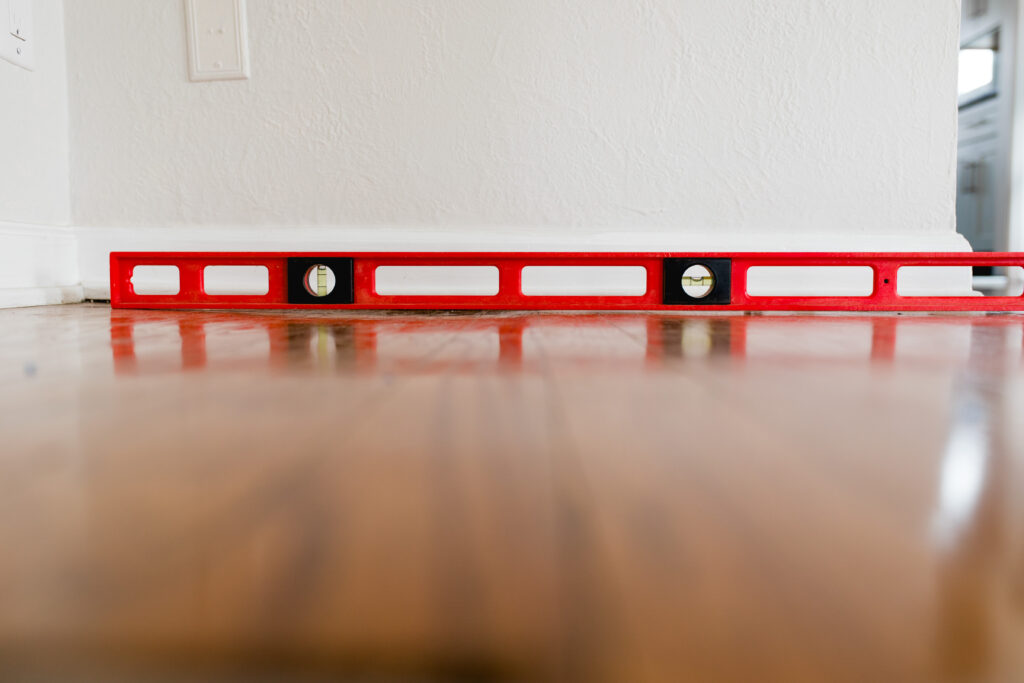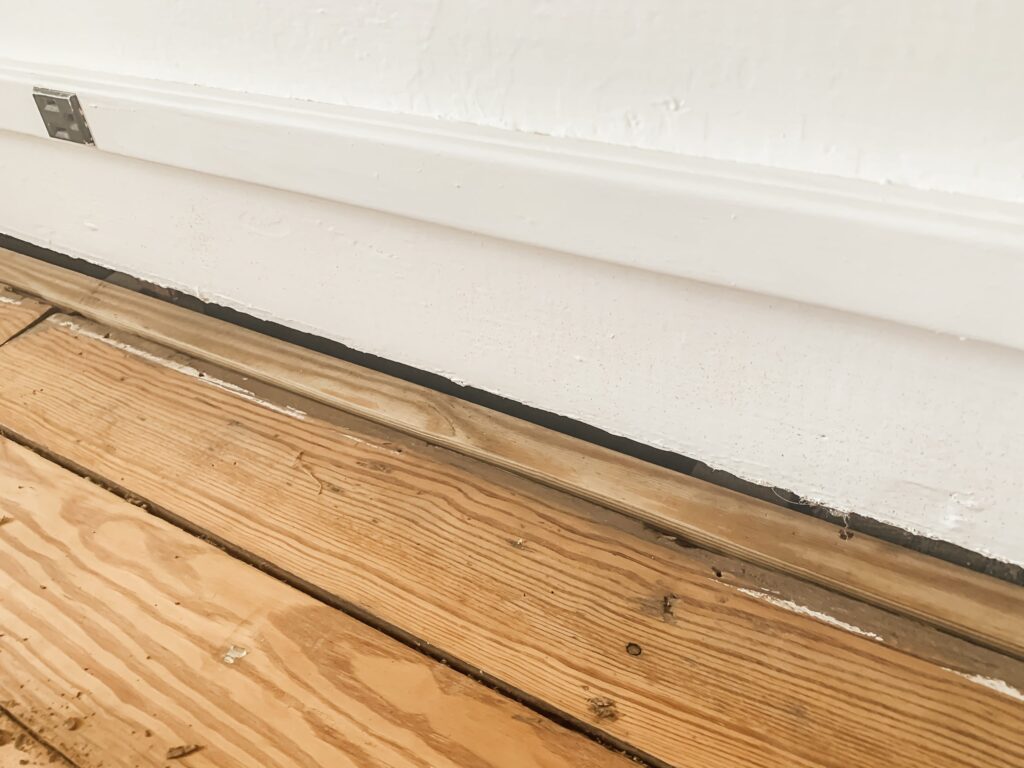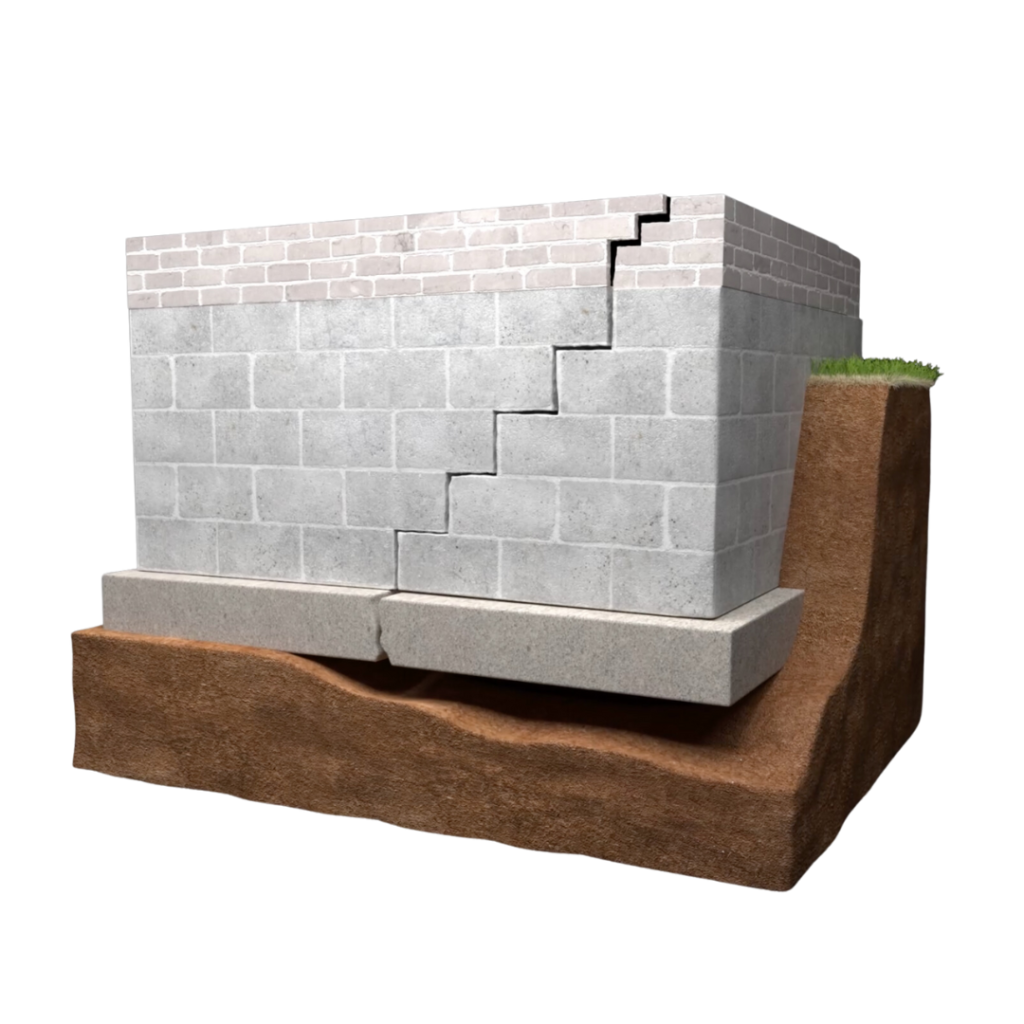Older homes, or even many newer homes on poorly compacted soil, could result in sloping floors on the second floor. Sagging floors on the second story can also have a domino effect that causes further issues throughout your home. These types of home issues can also significantly decrease the value of your home when it comes time to sell. You might not even notice that it’s happening.
Here is what to look for when identifying sagging second floors.

Signs of sagging second floor:
Sticking windows and doors
Your doors and windows might have fit before, but they could have changed over time. If your doors and windows are either fitting too tight, or too loose, it could be a sign that your floors aren’t level.

Cracks in your drywall and corners
Cracks could be showing up on your home’s walls, specifically in the corners or near window or door frames. This could mean that your floors and structure of the home is shifting.
Gaps
If you have noticed gaps between the floor and the wall, this is a good indicator that your floor has sunken, sagged, or sloped significantly.
Bouncy or squeaky floors
If your floors feel springy, or make squeaking noises as people walk across them, this is a sign that your floors are sagging or sloping.

What causes a sagging floor on second story?
Sagging floors could indicate a few different issues including damaged wood under your flooring, a deteriorating support structure, or interferences such as pests or water leaks. However, a sagging floor could also indicate issues with your home’s foundation.
Improperly compacted fill soil
If the soil beneath your home wasn’t properly filled and compacted, it can result in issues with your foundation as it provides inadequate support for your home.
Excess moisture
Water damage can certainly cause sagging floors. If your home is exposed to excess moisture, it can affect your foundation. Water damage can be caused by several factors including pooling water, clogged gutters, and soil erosion.

Soil movement
Soil movement, especially in the Vancouver Island & Greater Vancouver area, is a very common occurrence. Soil naturally expands as it becomes wet, and shrinks when it becomes dry. These changes in climate and time passing can cause the soil to move, and therefore, your home’s foundation.
Clay soils are also common in the Vancouver area but they can also cause foundation problems. Clay acts like a sponge and can expand and shrink beneath your home with seasonal changes. As the soil expands, it puts pressure on the foundation and as it contracts, it lacks support for the foundation. The constant changes in season and weather eventually leads to foundation issues and sagging floors.
Structural issues
Foundation issues are a common cause of sloping and sagging floors. Foundation damage can be the result of a laundry list of possibilities including poor structural design, the soil beneath your home, and settlement over time.
How to fix sagging floors on second floor
If you suspect that your sagging floor on the second story could be indicating foundation issues, it is a good idea to have your home inspected by a professional. At True Level Concrete, we offer free inspections, completed with a quote estimate within the appointment!
Our team are leading experts at foundation repair for Vancouver and Vancouver Island. A foundation repair can seem daunting, but True Level offers non-invasive permanent solutions for your foundation issues so you can have peace of mind.
The benefits of foundation repair:
- Permanent solution to sagging floors or sloping floors
- Permanent solution to foundation problems
- Prevents further deterioration or damage to your home’s foundation
- Improves the value of your home
- Saves time and money for future issues
Sagging floors or sloping floors don’t get better with time, they only get better with repairs! That’s why it is the perfect time to call us at True Level. Our team can have your home’s foundation issues solved quickly and cost-effectively. Why wait until next summer when the issue could be worse and more expensive?
